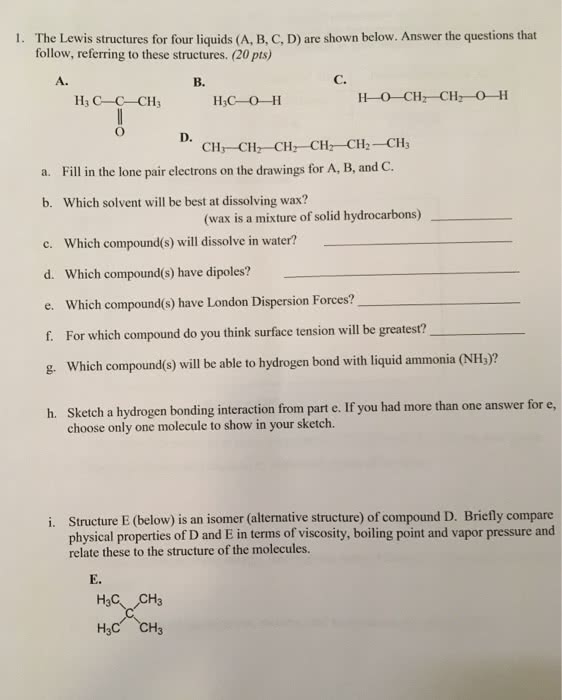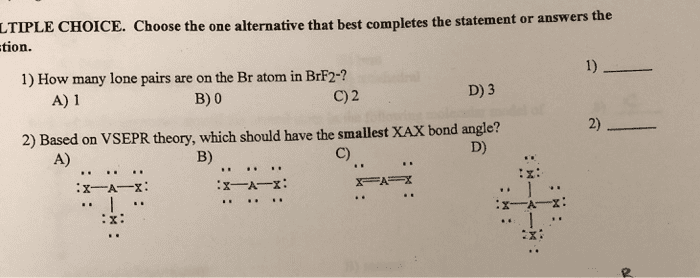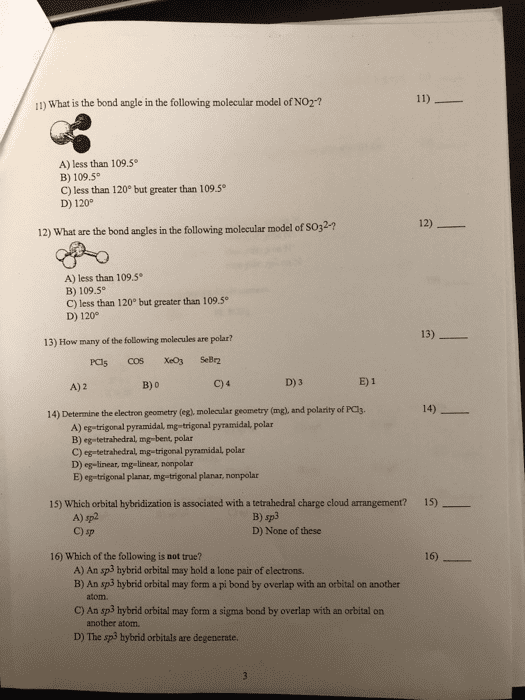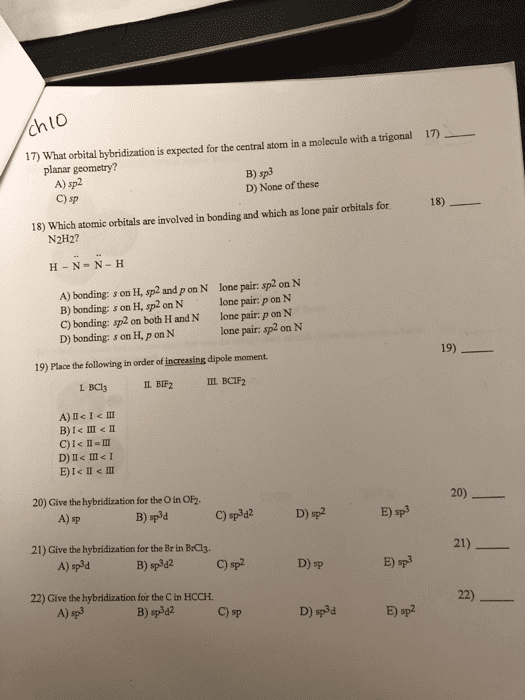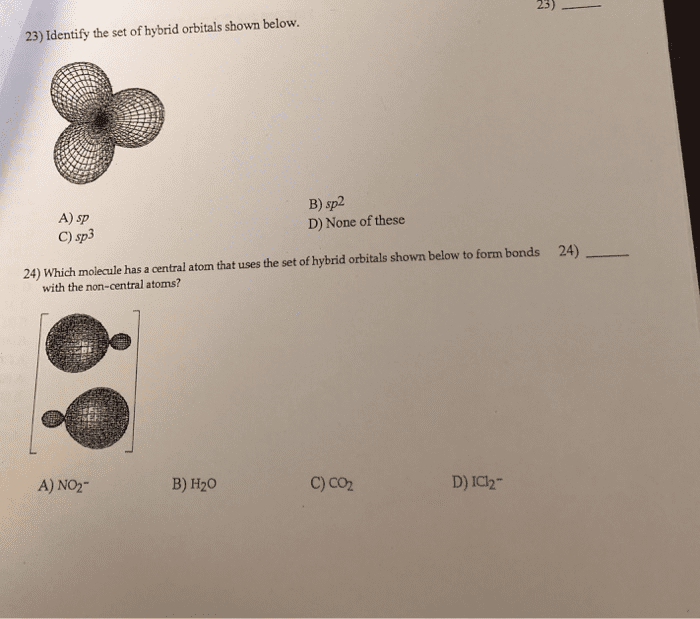CHEM 233 Lecture 7: 07Sept20
100 views2 pages
Document Summary
The main types of attractive forces among organic molecules, in order of decreasing strength, are: hydrogen bonding (2-7 kcal/mol or 8-30 kj/mol) dipole-dipole, p-stacking interactions (0. 5-1 kcal/mol or 2-4 kj/mol) London dispersion forces (< 0. 5 kcal/mol or < 2 kj/mol) What would happen if water were used as the solvent in the reaction between. Reminder: definition of lewis base: a molecule that incorporates an atom that has one (or more) lone pairs of electrons, therefore it can establish a bonding interaction by donating that electron pair to a suitable acceptor (a lewis acid) Reminder: the above reaction must occur in three distinct stages, the first of which is the dissociation of the starting alkyl bromide into a carbocation and a bromide ion: vacant p orbital: Br followed (stage 2) by the reaction of the lewis acidic carbocation with lewis basic methanol:
Get access
Grade+20% off
$8 USD/m$10 USD/m
Billed $96 USD annually

Homework Help
Study Guides
Textbook Solutions
Class Notes
Textbook Notes
Booster Class
40 Verified Answers
Class+
$8 USD/m
Billed $96 USD annually

Homework Help
Study Guides
Textbook Solutions
Class Notes
Textbook Notes
Booster Class
30 Verified Answers
Related textbook solutions
Chemistry: Structure and Properties
2 Edition,
Tro
ISBN: 9780134293936
Basic Chemistry
5 Edition,
Timberlake
ISBN: 9780134138046
Principles of Chemistry Molecular Approach
4th Edition,
Tro
ISBN: 9780134112831
Principles of Chemistry Molecular Approach
3rd Edition, 2014
Tro
ISBN: 9780321971944
Chemistry: Structure and Properties
2nd Edition,
Tro
ISBN: 9780134293936
Chemistry: A Molecular Approach
3rd Edition,
Tro
ISBN: 9780321809247
Chemistry: A Molecular Approach
5th Edition,
Tro
ISBN: 9780134874371
Principles of Chemistry: A Molecular Approach
4th Edition,
Tro
ISBN: 9780134895741
Chemistry: The Central Science
14th Edition, 2017
Brown
ISBN: 9780134414232
